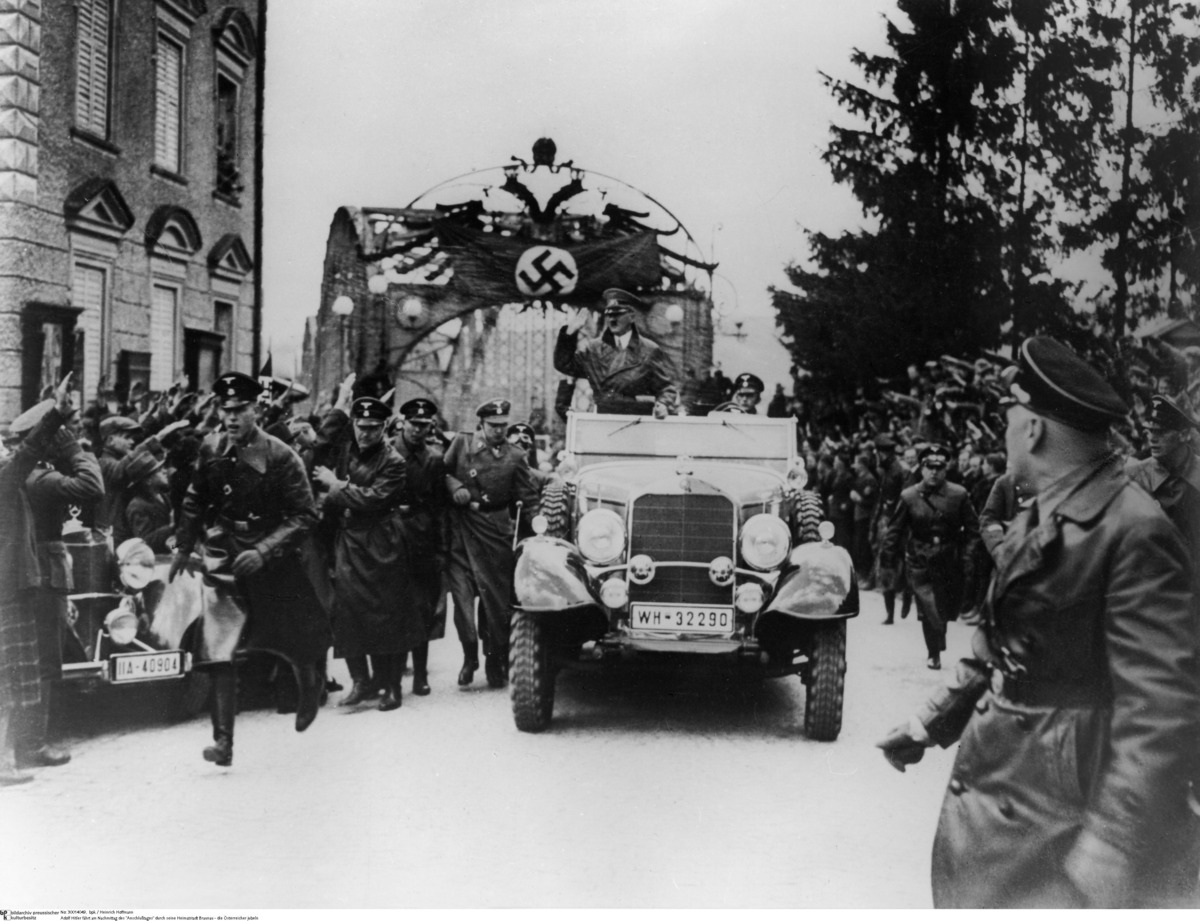Abstract
Because of the German-Italian rapprochement after 1935, the new
Austrian government under Chancellor Kurt von Schuschnigg (1897-1977)
also found itself forced to improve its relationship with the German
Reich. Concessions such as the so-called German-Austrian July Agreement
of July 11, 1936 (which, among other things, gave amnesty to Nazi
prisoners in Austria) were supposed to appease the Nazi regime and help
preserve the country’s sovereignty. But Hitler did not lose sight of his
goal of annexation and tried, by exerting pressure in various ways, to
lay the groundwork for a Nazi takeover in Austria. By threatening a
military invasion, he forced Schuschnigg to sign the so-called
Berchtesgaden Agreement of February 12, 1938, which lifted the
prohibition on the Austrian National Socialists, brought them into the
government, and coordinated the two countries’ foreign policies. In
particular, Hitler demanded control over the use of the police through
the appointment of NSDAP member Arthur Seyß-Inquart (1892-1946) as
Minister of the Interior and Security. On March 9, 1938, in response to
the threat of a Nazi takeover, Schuschnigg announced that an Austrian
referendum “for a free and German, independent and social, Christian and
unified Austria” would be held on March 13. The Nazi regime replied with
an ultimatum threatening an invasion. On March 11, it forced Schuschnigg
to cancel the referendum and to resign in favor of Seyß-Inquart. The
following day, German troops marched into Austria, where they met with
no resistance and were even greeted with enthusiasm in many places. On
the same evening, Hitler and Seyß-Inquart decided that there would be an
immediate annexation [Anschluss] of
Austria, which would subsequently be incorporated into the German Reich
as the so-called Eastern March
[Ostmark].
The photograph below was taken on March 12, 1938. It shows Hitler
entering his hometown, the small Austrian border town of Braunau am Inn,
were he was born in 1889. Hitler left Austria in 1913, at the age of
twenty-four, to avoid service in the Austrian army. He settled in
Munich, where he volunteered for service in the Bavarian army a year
later. In 1925, Hitler formally renounced his Austrian citizenship and
remained officially stateless until 1932, when he was granted German
citizenship.
